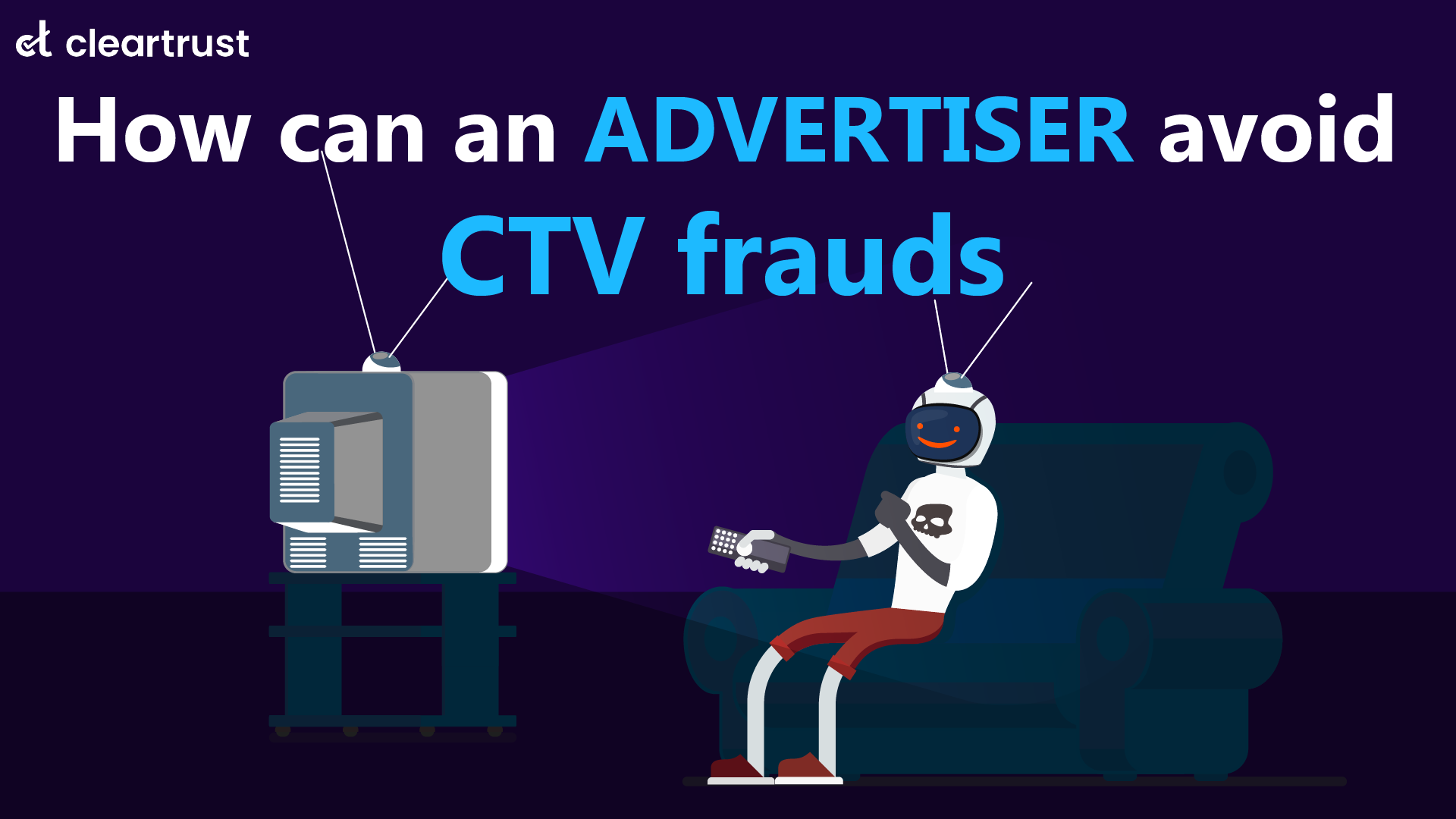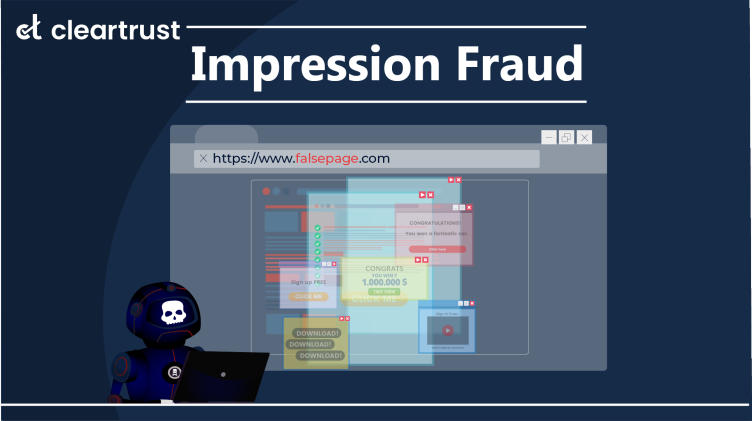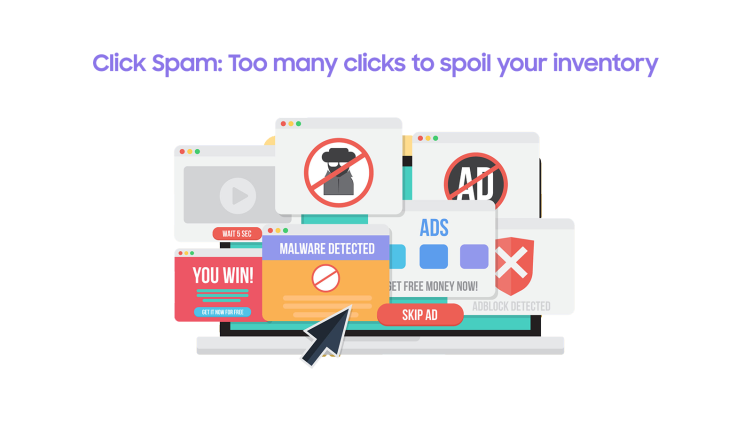How many times do you give a second thought before clicking a display ad?
If not by mistake, we rarely think before clicking an ad. Malvertising is all about playing with the impulsive nature of the web user. It is intended to obtain important information about users illegitimately by infecting a legitimate advertisement.
One negative experience of being directed to a website with malicious content may instigate the users to employ ad blockers or stop engaging with a particular publisher; the worst part is that a publisher can never know if their inventories are gripped by malvertisements until informed by the end user.
Costing the advertising industry $ 1.1 billion per year, let’s understand what exactly is malvertising and how can it prove to be a nightmare for publishers.
What is malvertising?
Malvertising, also known as malicious advertising, is a practice through which malicious codes are inserted into legitimate display ads through elements like a banner ad copy or creative imagery, by digital thugs who expose web users to malicious content. Such hackers usually compete and pay a higher amount in programmatic auctions to advertising networks to display the malicious ads on a publisher’s inventory.
A code is all takes to infect an advertisement. Once such an ad is clicked by the users, they shall be redirected to an illegitimate server or a malicious website. On establishing a successful connection with the user, the infected server executes an exploit kit. This kit is the real virus that identifies gaps and vulnerabilities in the user’s system. This may further lead to fraudulent activities that a user falls prey to.
How does it affect publishers?
Given the complexity of the programmatic ecosystem, it is close to impossible to establish control over each auction that happens in the background when a user visits a publisher’s website. As a result, a publisher or an ad network may never realize that a malicious ad is being served to the users. This leads to the publishers being affected in the following manner:
1. Damaged reputation
The most difficult thing in the programmatic ecosystem is to retain your users after a visit. On being redirected to malicious content from a publisher’s website, the user experience is highly compromised. This damages the publisher’s reputation and this could be well evident from a fall in user engagement with the ads and a higher bounce rate.
2. Loss of revenue
Naturally, an advertiser would never intend to work with a publisher displaying malicious advertisements. Non-preference among advertisers may lead to a potential loss of revenue due to reduced auctions and lower bid rates.
3. Loss of traffic
A publisher with a tarnished reputation would not take a long time from experiencing a fall in traffic on the website. Users often perceive such websites to be the ones consisting of non-reliable and fake content thereby reducing their engagement with such sites.
ClearTrust's Solution
ClearTrust's advanced technology and expertise in ad fraud detection enable proactive identification and prevention of malicious ads. By leveraging sophisticated algorithms and real-time monitoring, ClearTrust detects and blocks malvertisements before they reach your website visitors, ensuring a safe browsing experience for your users.
Don't let malvertising tarnish your digital assets. Choose ClearTrust as your trusted partner in combating malvertising and ensuring a secure online advertising ecosystem. Safeguard your website, protect your users, and maintain a strong online presence with ClearTrust's cutting-edge malvertising detection and prevention solutions.











